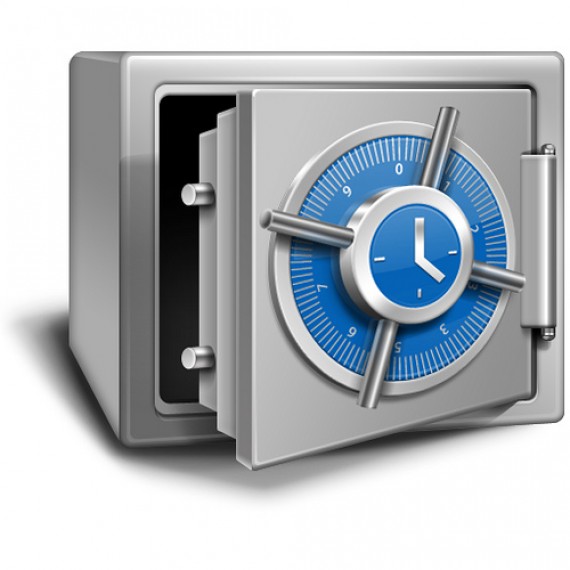It is amazing how fast life can go by sometimes. I was recently looking at some of my digital photos and realized that I have over 28,000 digital photos saved since 2002. That was the year I bought my first digital camera. Back then I didn’t realize how many I would actually accumulate, but after starting a family since that time, the number of photos has grown exponentially.
Photos aren’t something that I can recreate, which means that if I lose one, it is lost forever. If you are like me and have kids, losing photos is probably something you hope will never happen – because you can’t retake the picture. As I was going through my photos I am always glad that I have a good backup process in place that allows me to enjoy the same photos 11 years after they were taken. Having a backup process is the reason that I know I can view these photos 11 years into the future and beyond.

Rules I Follow For My Data Backup
Most people look at me funny when I talk about data backup to them. I usually go into my backup spiel when they talk about all the personal files that have stored on their computer. No one wants to lose their files, but unfortunately, it happens quite often.
You don’t need much to ensure you keep your files safe. In fact, for the average home user, there are two points that I usually like to cover off:
- Make multiple copies of your files.
- Store one or more copies offsite – meaning at a different physical location than the original files.
While that may sound complex, it really isn’t with the technology available today.
Local Storage
You probably want a copy of your files locally so you can access them from time to time. You probably have the files stored on the local hard drive of your computer. The unfortunate thing is local hard drives can crash easily, and at anytime.
The solution is to invest in an external hard drive and then make a copy of your files onto that hard drive. Any external hard drive will work as most new external hard drives have a massive amount of storage space. A quick search on Amazon shows a large variety of desktop external hard drives available.
By utilizing an external hard drive you now have a copy of your files, but it the issue is that the original file and the copy of the files are stored at the same location. If something were to happen to that location, you would lose all your files. Let’s look at storing your files offsite.
Offsite Storage
Offsite storage is simply the process of making a copy of your files in another location. This provides protection because if something were to happen to the location that stores your original files, you can simply restore your files from the offsite location.
The solution to offsite storage: cloud storage.
For this I highly recommend using Backblaze for storing your files. I am currently using BackBlaze for my files, and after over 28,000 photos, and almost 500 GB of data, I haven’t had a single issue with backing up my data. All of this for $5/month.
As with any cloud-storage service, Backblaze provides an app that runs in the background on my desktop that will automatically upload any new/changed files to the cloud for safe-keeping. You can automatically have Backblaze copy files from either your local drive or external hard drive – it doesn’t matter where your files are stored.
Of course, if you have another cloud-storage service – iCloud, DropBox, etc. – then you can easily use them. I use Backblaze because of the amount of data I have and most other solutions would cost me a fortune each month for storage.
If you do go with a cloud-storage service, then you have satisfied the second condition of storing at least one copy of your files offsite. If you utilize both an external hard drive and a cloud-based storage service you now have multiple copies of your data, with one copy being offsite. This means that you will now be able to access your files for many years to come without worries.
